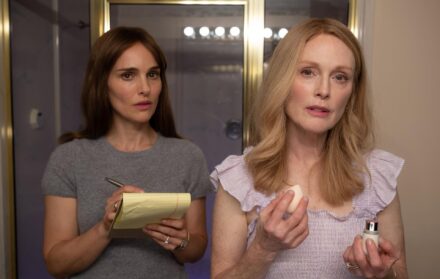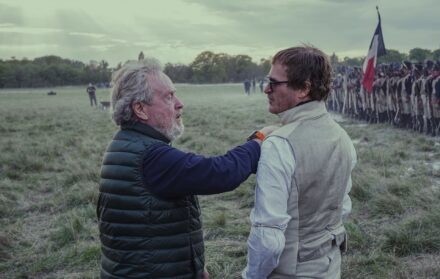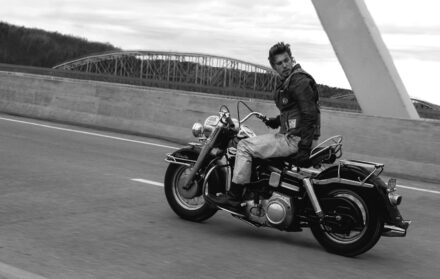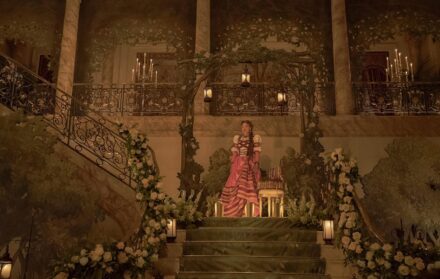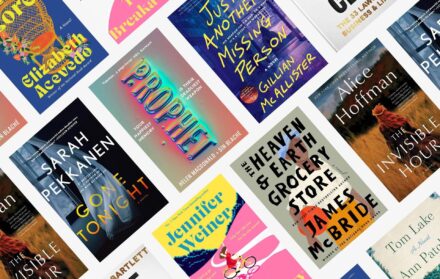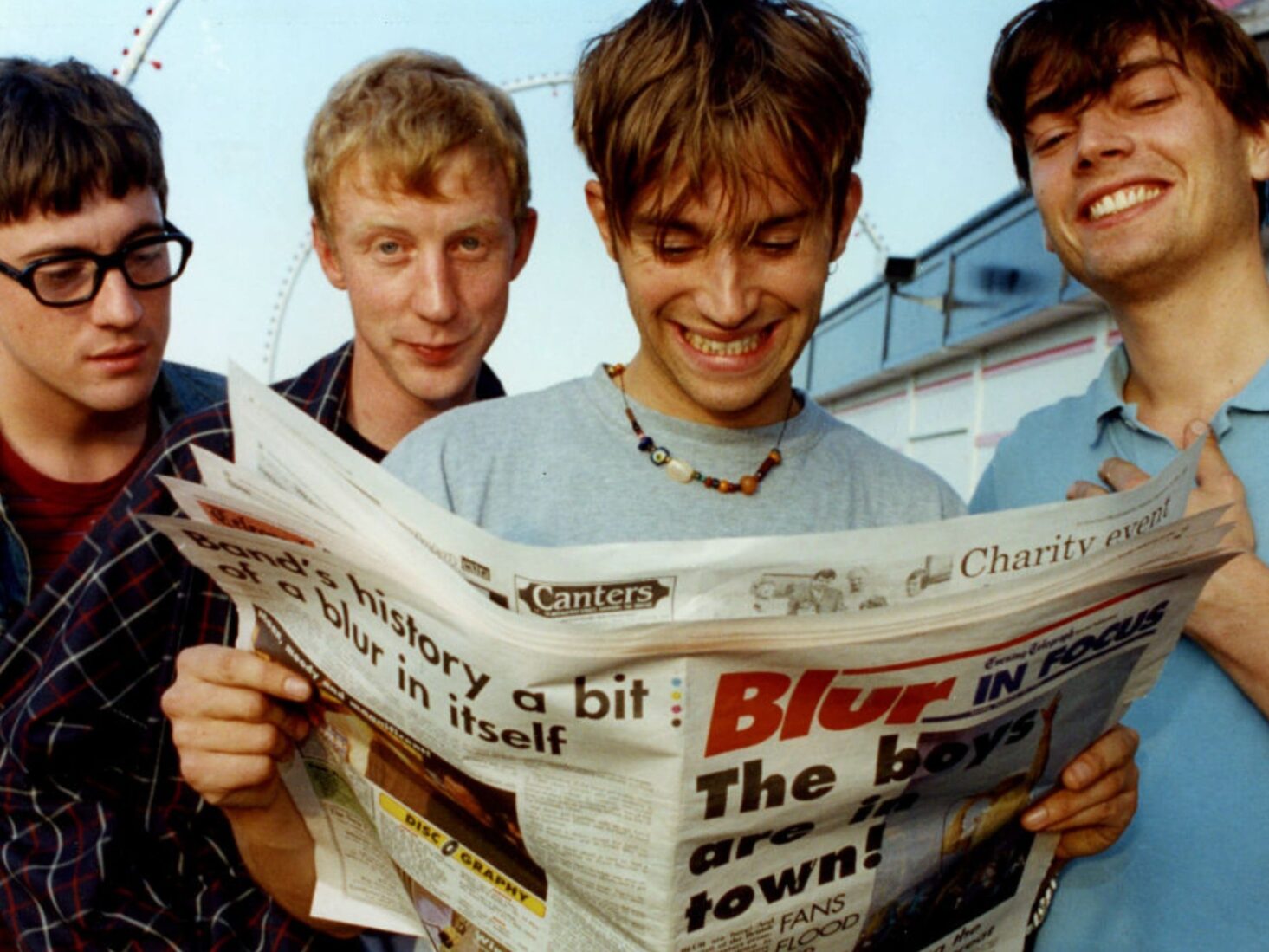
Blur vs Oasis 25 Years On: how the Britpop War gave us the last great battle for the UK Number One
“No-one was having a go at Oasis on our side. I mean, I did that thing on Chris Evans’ show when I said, ‘It sounds a bit like Status Quo’, but that was the only thing.
“I’m going on holiday”, said Damon Albarn, at the peak of the lethally hot summer of 1995.
“And I’m going to leave specific instructions that if I come back on Sunday and we’re not number one then someone is going to suffer some sort of grievous bodily harm.”
Threats of physical violence from pop stars weren’t uncommon that year, the last time that a battle to reach number one in the singles charts seemed (and was certainly at times encouraged) to spill over into actual violence.
‘British Heavyweight Championship’, screamed the front cover of the New Musical Express, designed to look like a poster for a vintage pugilist bout, in the week leading up to the release of Roll With It by Oasis and Country House by Blur.
Except instead of two boxers, there were two floppy-fringed, skinny-faced rock stars underneath the banner. Damon Albarn, the blue-eyed frontman of Blur and Liam Gallagher, the impressively heavy eyebrowed lead singer of Oasis.
Somehow, for the next seven hysterical days, now a quarter of a century ago, the pop charts became a proxy vehicle for an extremely aggressive playing out of the British class war.
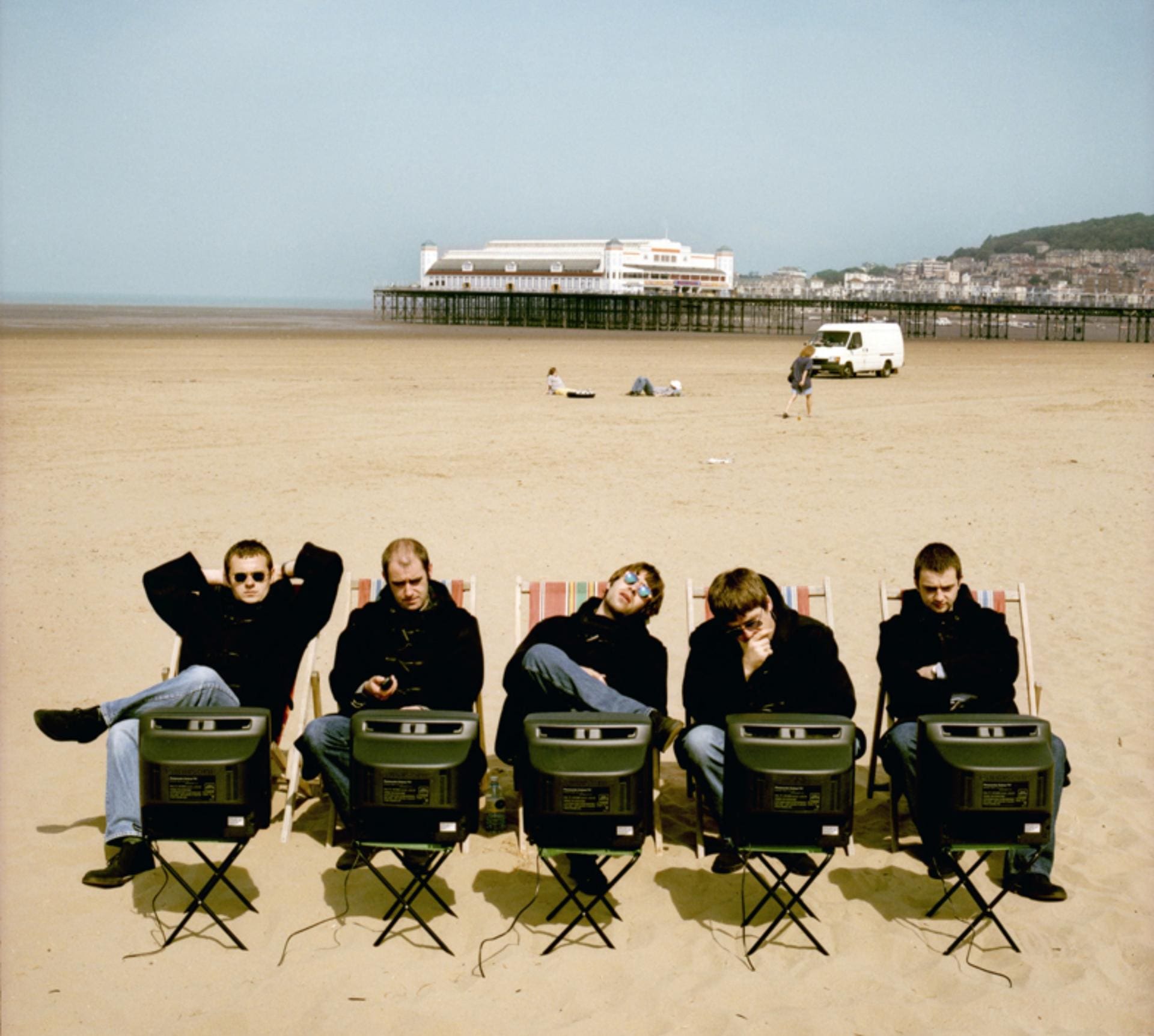
Michael Spencer Jones, Oasis – Roll With It Session (1995), available to buy at snapgalleries.com
Of course, both sides were somewhat miscast. The media’s characterisation of Blur as cockney softies jarred slightly with the fact that the band hailed from Colchester and Bournemouth and had their roots in a decidedly belligerent, post-punk outfit called Seymour.
As for Oasis, anyone who had actually made the effort to visit the neat privet hedges and driveways of the Burnage area of Manchester would balk at the press description of the band as being from the urban Lancashire badlands.
Nonetheless, the ‘war’ between the two groups was a manifestation of possibly the last time that a singles battle was of interest to anyone beyond the band’s immediate fan base and a smattering of record company cabals.
This was the summer of Britpop, a movement that had its roots in a disparate collection of minor British guitar bands who desired to make music that was the polar opposite of the American ‘grunge’ sound, spearheaded by Nirvana, that was dominating the UK music landscape in the early 1990s.
These bands, which included glam rock, Bowie acolytes Suede, retro-pop ironists Saint Etienne, arch art-school subversives The Auteurs and Blur themselves; festooned in Fred Perry shirts, Doc Martins and a love of The Who and The Jam, were not, on their own, likely to make any impression on the mass market.

The music press, however, tired themselves of having to put sub-Nirvana imitators on their front covers, decided to bunch them up together. In a time where there were two weekly music newspapers – NME and the Melody Maker – plus a glut of also now-defunct glossy music monthly titles, the pre-internet combination of marketing zeal, journalistic hyperbole and enthusiastic airplay from a newly cool BBC Radio One was enough to create a scene where the plaid shirts and howling self-absorption of grunge were usurped by something a little more fun and lot more British.
With The Good Mixer pub, a threadbare Irish pub on Inverness Street, Camden Town, as the scene’s base, the period between early 1994 and summer 1995 saw bands and fans alike, dressed in vintage tracksuit tops, retro Adidas trainers and skinny ties enthusing about The Kinks and The Smiths, takeover the traditional Camden uniform of goth black threads.
Blur’s Parklife album was, and remains, the go-to album if you want to understand the ethos behind Britpop before the hysteria set in. A warm, often plaintive, set of songs with lyrics wryly observing the shipping forecast, bank holidays, pigeons and Club 18-30 holidays to Spain, it’s infectious pop grooves, clear musical intelligence and astonishing versatility saw it garner critical acclaim and sales that eclipsed anything even The Smiths or The Jam achieved during their tenure as British pop’s golden calves a decade earlier.
Oasis arrived late on the scene and certainly had no truck with any of Blur’s sense of British ennui and elegiac decay. Some of the loudest riffs heard in rock and roll since Pete Townsend first started flailing at his guitar in the mid-60s, combined with an adoration of the Beatles, a Herculean drug intake and an everyman dress sense of cagoules and Marks and Spencer’s sweaters lent Oasis genuine mass appeal in a way that Blur’s more ascetic charms never even attempted to emulate.
Ultimately though, the battle for number one in August 1995 between the two groups was one manipulated by the bands respective managements.
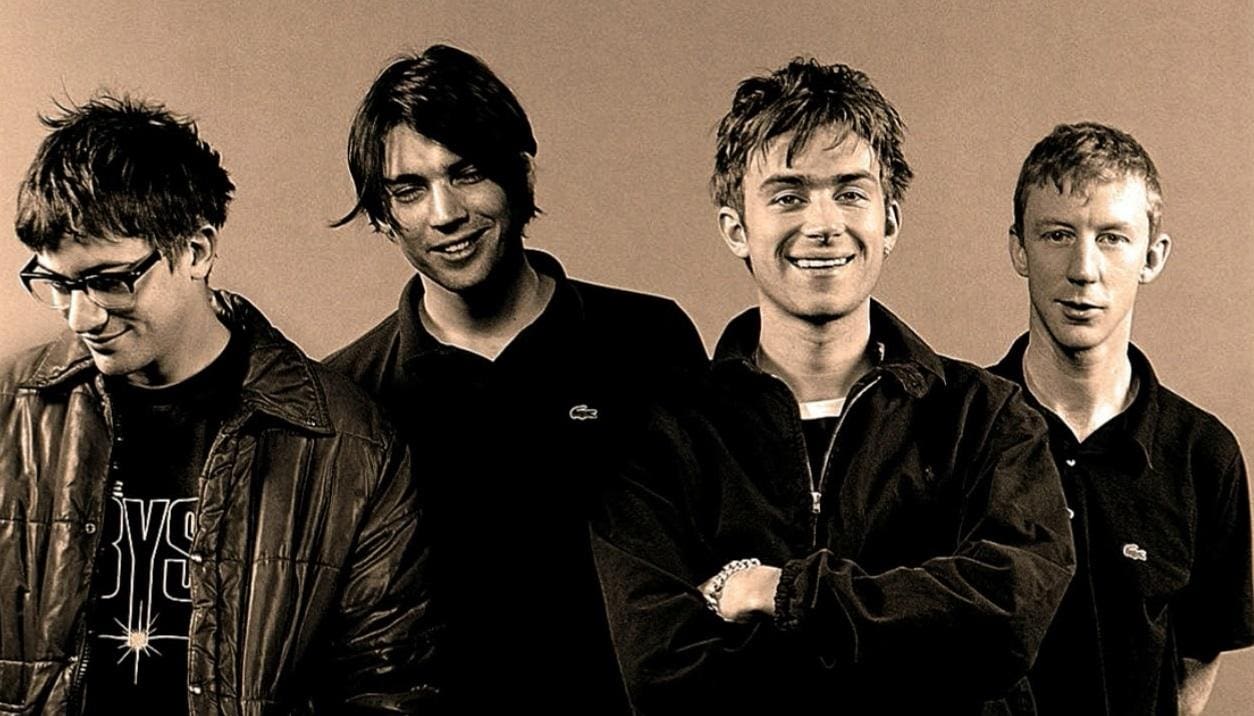
Oasis made the first move by choosing to release Roll With It just seven days before Blue released Country House. The chances of Oasis getting two weeks at number one and preventing Blur reaching the top spot was too much for Albarn’s camp to bear.
“We had to move the release date,” said Andy Ross, head of Blur’s record label Food in an interview five years after the event.
“We could have pushed it back a week or two and delayed the [Blur] album, but when you get locked into a release you’ve got all the advertising booked, posters done up with the release dates. You can’t muck around with stuff like that. It’s like the well-oiled German war machine… Also, that would have looked like we were chickening out.”
The fact that the two respective songs were, comfortably, the worst compositions of either bands career to date mattered not a jot in the face of the quite astonishingly ubiquitous media hysteria which reached its zenith when the chart battle made it onto the BBC Six O’Clock news, with John Humphreys reporting on the contest with his eyebrows raised into a position of formidable archness.
With both singles now set for the same release date, what secured victory for the winners was the very essence of basic marketing sense. Namely, Blur put out Country House on the (even by then) near dormant format of cassette for a quid cheaper than the CD and vinyl formats that Roll With It was released on.
This ability to reach the most cash-strapped young fans of those interested in the battle meant that Country House sold 274,000 copies that week, compared to Roll With It which sold 216,000.
Extraordinary sales by today’s standards, Blur celebrated by performing Country House on Top Of The Pops with their bassist Alex James dressed in an Oasis t-shirt.
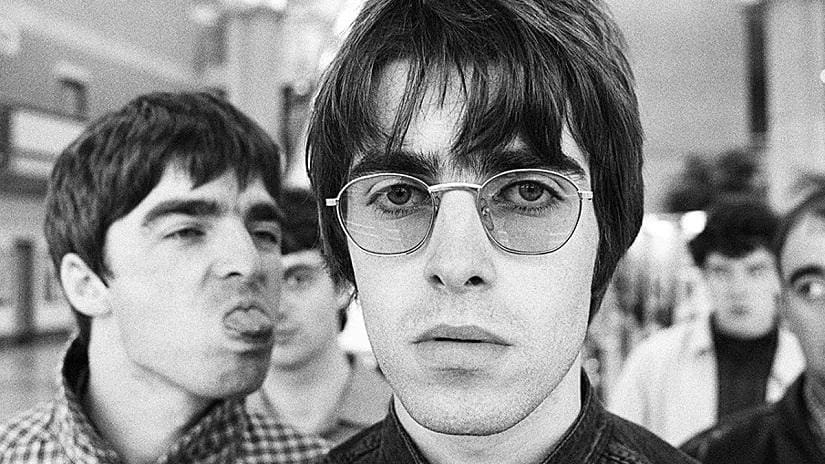
The media-driven rivalry between the two brands almost turned physical later that same year, when it was realised that both Blur and Oasis were scheduled to play gigs on the same night at different venues in Bournemouth.
With memories of the Mods vs Rockers battles played out in British seaside resorts in the early 1960s still very much intact, rumours ran rife that coachloads of fans from Manchester (fighting for Oasis) and, for some reason, Wolverhampton (rucking for Blur) were intent on causing mayhem and no small amount of physical violence upon members of their opposing tribe.
When Damon Albarn started boasting that Blur would fly an inflatable number one over the Oasis venue and project their logo onto the building wall it all became too much for Oasis’ management. Sensing that fans of both groups were liable to get seriously hurt in running street battles, Oasis cancelled their gig. “We’re not interested in this marketing exercise,” said Oasis’ head of security Ian Robertson. “We don’t want to play. Drop it.”
Blur may have won the singles chart battle but they decisively lost the oncoming war. Their subsequent album The Great Escape did solid enough business on the UK charts but was eclipsed entirely by the staggering sales of Oasis’ sophomore effort What’s The Story (Morning Glory) which became the fastest selling album in the UK since Michael Jackson’s Bad a decade before. To date, it has sold close to five million copies worldwide.
A full quarter of a century on from that strange August week, it’s perhaps telling that the two respective songs are rarely heard today and have been all but dis-owned by their authors.
Song 2, Wonderwall, Parklife and Don’t Look Back In Anger may be part of the unofficial cannon of timeless British pop and rock classics. But, should you mention Roll With It or Country House to either Gallagher or Albarn today, you can be sure of a far from hubristic retort.
“I wouldn’t worry about it. They’re both shit,” said Albarn, in 2014. Noel was slightly more expansive on the topic in an interview he gave last year:
“The whole shame about the thing is the two songs are shit, that’s it. If it was you know, Cigarettes and Alcohol and Girls and Boys fair enough. But Country House is fucking dog shit. Roll With It has never been played by anybody since the band split up. So, that tells its own story.”



